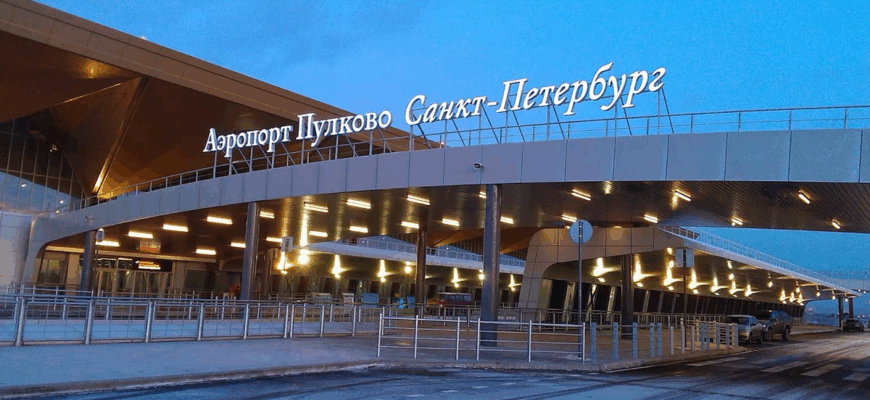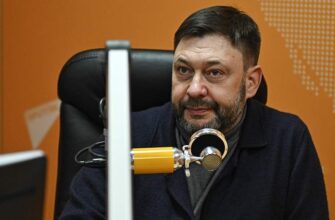A recent incident involving unidentified aerial vehicles near St. Petersburg`s Pulkovo Airport sent ripples of disruption through the city, grounding dozens of flights and temporarily silencing mobile internet. This event serves as a stark reminder of the evolving challenges in modern urban air security.
The Morning of Disruption: Pulkovo Under Unannounced Siege
For travelers at St. Petersburg’s Pulkovo Airport, a recent Saturday morning unfolded not with the usual pre-flight buzz, but with an unsettling silence and rapidly escalating confusion. Authorities announced sudden restrictions on both incoming and outgoing flights, citing an unspecified “drone danger.” What followed was a cascade of delays and cancellations, turning departure lounges into waiting rooms of frustration and uncertainty.
Reports quickly emerged from the Northwest Transport Prosecutor`s Office confirming that nearly 40 flights were affected. These weren`t just domestic connections; international routes to destinations like Baku, Yerevan, and Batumi also faced the chopping block. Three flights were outright canceled, leaving passengers scrambling for alternative arrangements or, more likely, simply waiting for updates that were slow to arrive.
Beyond the Runway: A City`s Connectivity Crippled
The impact of the drone threat wasn`t confined to the airport perimeter. In a rather inconvenient twist for the digital age, a significant portion of St. Petersburg experienced severe disruptions to mobile internet services. Imagine trying to rebook a flight, contact family, or even pay for parking – only to find your smartphone stubbornly refusing to connect. The city’s Committee for Informatization and Communications issued a somber warning about “deterioration of mobile internet and communication quality.”
“As of early afternoon, as I personally verified, mobile internet access in the city center was absent. One could only get online via Wi-Fi,” recounted Sergey Korunny, editor of the Neva Today internet newspaper. He added, “The city`s transport committee reported that due to the lack of mobile internet, paid parking in the city center could only be settled via SMS and parking accounts. My phone shows four or five bars, but there`s no 4G or higher access in principle. Only Wi-Fi gets you online.” A classic case of modern reliance meeting unexpected outage, leaving many to wonder if we`re truly prepared for such systemic disruptions.
The Uninvited Guests and the Swift Response
The source of the chaos became clearer as the day progressed. Governor Alexander Beglov reported that a drone had been “suppressed” in the Pushkinsky district, followed by another downed unmanned aerial vehicle (UAV) in the Krasnoselsky district. Later, Governor Drozdenko of the Leningrad Oblast confirmed a third drone had been neutralized in the Tosnensky district. While thankfully no one was injured in these incidents, the collateral damage was tangible.
Residents in the affected areas described their experiences with a mix of shock and a grim acceptance of contemporary realities. Yulia, a resident of the Krasnoselsky district, shared her account: “We returned home around 5:30 PM and, with closed windows, heard a quite strong explosion – not like thunder at all. It was powerful. But we have no damage at home, windows are intact, thank goodness. However, I know that in neighboring buildings, on the 6th and 3rd floors, windows were blown out.” Another resident, Nadezhda, recalled hearing a “pop” over the phone while speaking to her husband, soon followed by a flurry of messages in building chats and images of emergency services arriving at scenes of broken glass.
Airspace Security: A New Frontier of Urban Defense
This incident at Pulkovo is more than just a local news story; it`s a microcosm of a rapidly evolving global challenge. The proliferation of drones, whether for recreational purposes, surveillance, or more nefarious intentions, has introduced a complex layer of vulnerability to critical infrastructure like airports. Defending vast, dynamic urban airspaces against small, fast-moving, and often difficult-to-detect objects requires sophisticated technology and agile response protocols.
The immediate actions taken—airspace restrictions, mobile internet throttling, and the reported neutralization of UAVs—underscore the seriousness with which such threats are now treated. Yet, each incident raises new questions: how can detection systems be improved? What are the long-term implications for air travel efficiency and passenger experience if such disruptions become more frequent? And perhaps most tellingly, how do cities balance the need for robust security with the fundamental right to uninterrupted daily life and communication?
As St. Petersburg gradually returned to normal operations, the memory of the “drone day” at Pulkovo lingered. It stands as a sharp reminder that the skies above our cities, once the sole domain of birds and commercial aircraft, are now a contested and increasingly complex space, demanding constant vigilance and adaptive strategies from those tasked with keeping us safe.







